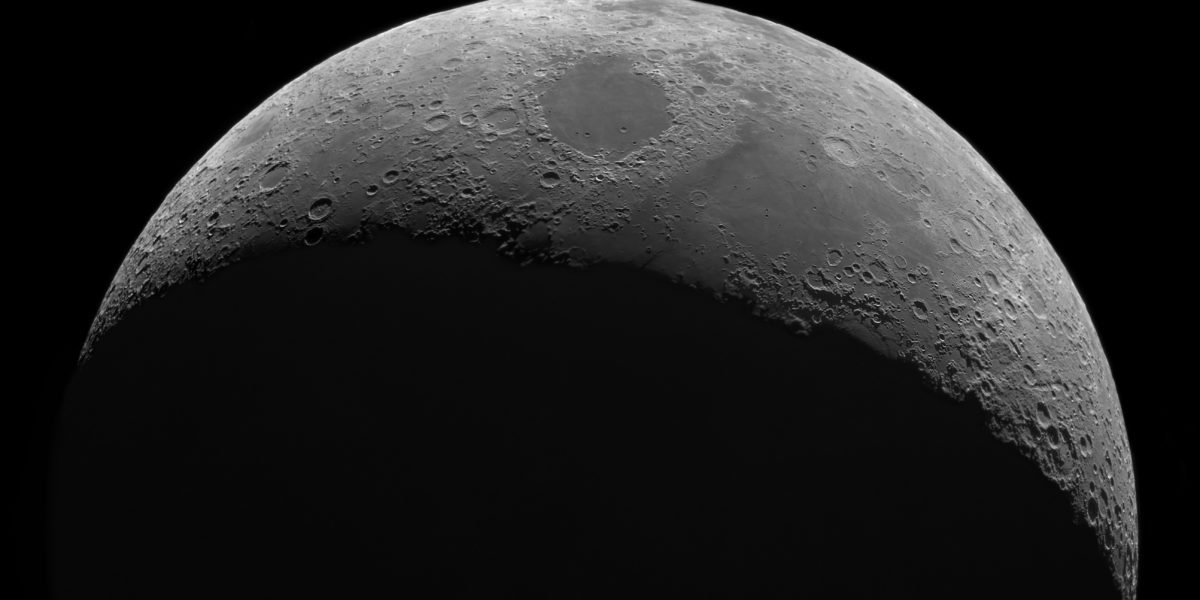
Good Moon Rising
After hiding behind a curtain of smoke and ash, our faithful satellite re-emerges. Now’s a great time to take a closer look at this seemingly familiar sight.

Hartmuth Kintzel/500px/Getty Images
2020 has been particularly cruel to the West in the last few weeks. I’m sure I’m not alone in feeling like my world, already mostly off-limits all summer because of COVID-19, got even smaller in September due to wildfire smoke that made it dangerous to leave the house. By Labor Day weekend, when Mother Nature had added a heat wave just to remind us who’s boss, it felt like my whole life was the size of the one room in my house that has an air conditioner.
Poor air quality with low visibility robbed us of more than outdoor cardio; it also took the night sky away. And while this small indignity pales in comparison to the tragedy of losing a home or loved ones to the fires—let’s take a moment for the thousands of Westerners who are homeless and grieving right now—it still felt like a lot. I really missed my nightly reminder that there’s more than a big world out there; there’s a whole universe, in which COVID-19 is an infinitesimally small thing, lasting but an instant compared to the billion-year beats of the cosmos.
Things are a little better now. The heat broke. Air quality moved from catastrophically bad to just really hazy. As I write, I can see patches of blue poking through what I think may be just plain clouds, and I’m remembering the nice moon I saw last night.
The moon, in fact, has been giving me some comfort lately. It’s a reliable, reassuring celestial sight, as it takes some pretty serious smog to obscure it entirely. At a time when the world seems topsy-turvy, the moon is a literal and figurative rock.
Taking a Second Look
Familiar as it may be, have you ever really looked at the moon? It’s a lovely naked-eye object, looking a little different every night as it rises and sets and works through its phases, sometimes appearing small and gold high in the sky, sometimes unsettlingly large and red close to the horizon.
(True story: My father was an airline pilot, and he told me that several times in his career, he thought he was flying toward the eerie glow of an enormous forest fire just over the horizon, only to have it turn out to be the full moon rising. Even a guy who spent his professional life in the sky could be surprised by our satellite.)
Without Magnification
One thing you’ll notice is that the moon has a mottled appearance. The dark parts are plains named after imaginary oceans (Sea of Tranquility, Sea of Clouds…there are maps if you want to geek out on lunar names.) The lighter areas are higher, more rugged terrain. On a clear night, particularly if the moon is full, you can see a few meteor craters, too. There’s a big one (named Tycho) near the bottom of the visible face that makes the moon look a little like a naval orange.
With Binoculars
If you have a pair of binoculars, turn them on the moon. If possible, put them on a tripod or improvised mount, but even with an unsteady hand, you’ll see an astounding number of craters. Some of them—Tycho is one—have rays radiating outward in a dramatic splatter pattern. Unlike Earth, the moon has no atmosphere to slow space rocks down, so every meteor results in a crater. (Once in a great while, an impact is forceful enough to be seen by amateurs from Earth, so keep an eye out. Tonight could be the night.)
With a Telescope
If you have a telescope at your disposal, by all means, take a look at the moon. What you see won’t be as next-level cool as you might think, though. No new category of lunar feature becomes visible, just more and more craters. And with higher magnification comes a narrowed field of view. Many telescopes will show only a portion of the moon’s surface at any one time, which can be disorienting. Me, I almost prefer the view with binoculars. You get more of a sense of the whole.
